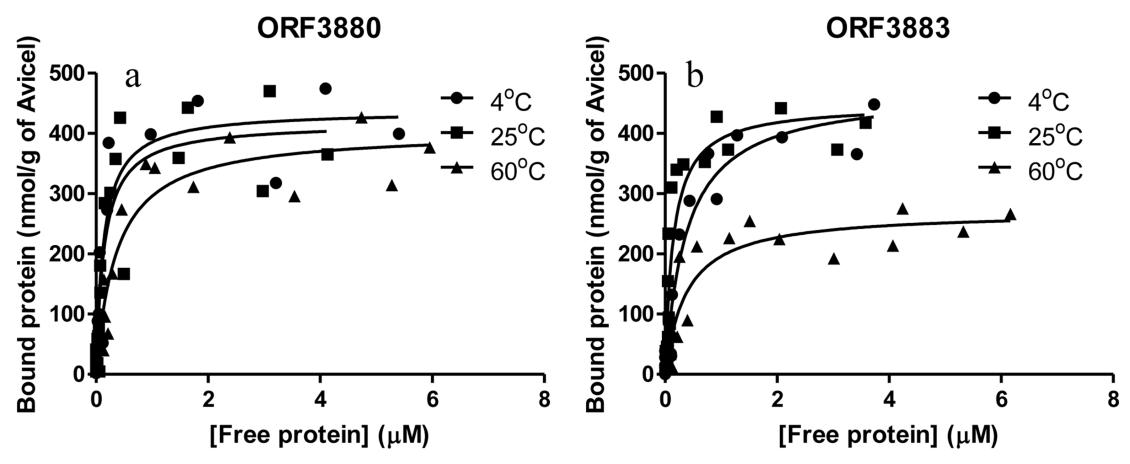QIBEBT Discovered the Synergism of Glycoside Hydrolase Secretomes from Two Thermophilic Bacteria Co-cultivated on Lignocellulose
Lignocellulosic biomass has great potential as an abundant and renewable source of fermentable sugars via microbial enzymatic saccharification. In previous studies, several microbial communities have been developed to convert lignocellulose effectively to biofuels. However, the communities were so complex that it was difficult to study how the strains collaborated with one another. Professor LI Fuli and his Microbial Resources Group at Qingdao Institute of Bioenergy and Bioprocess Technology (QIBEBT) have recently co-cultured two thermophilic bacteria Clostridium stercorarium CS-3-2 and C. cellulosi CS-4-4, which were isolated from decayed corn stalk, and found out that they displayed synergism during the lignocellulose-degradation process. The co-cultivation system provides a simple model in which to study complex microbial cellulolytic communities.
|
|
|
Figure 1.Endoglucanase (left) and Xylanase (right) zymograms of spent culture from Clostridium stercorarium CS-3-2, Clostridium cellulosi CS-4-4 and co-cultivation samples growing on steam-exploded corn stalk. Column 1: strain CS-3-2; 2: strain CS-4-4; 3: the two strains co-cultivated; 4: mixture of strain CS-3-2 and CS-4-4 (1:1). |
The enzyme activities in spent cultures following co-cultivation of the two strains with corn stalk as substrate were 2-6 times greater than those in pure cultures or artificial mixture of samples indicating synergism of glycoside hydrolase secretomes between the two strains. Quantitative measurement of the two strains in the co-cultivation system showed that strain CS-3-2 grew robustly during the initial stages, whereas strain CS-4-4 dominated the system in the late exponential phase. The zymography (Figure 1) analyses revealed that the lignocellulase composition of strain CS-4-4 was almost identical to that of the co-culture, while the quantity of secreted enzyme was elevated in the co-culture as a result of synergism between the two strains. In addition, the two most abundant cellulases in the zymograms, ORF3880 and ORF3883 were studied on functions of Carbohydrate-Binding Module (CBM) and we found that ORF3880 which owns 5 CBMs was tighter than ORF3883 in adhesion to insoluble substrates at 4, 25 and 60°C (Figure 2), revealing how the microbes obtain carbon sources at high temperatures.
 |
|
Figure 2. Quantitative studies of the binding of ORF3880 and ORF3883 to Avicel at4°C, 25°Cand 60°C. |
This work was supported by grants from the National Basic Research Program of China (No. 2011CB707404) and National Key Technology R&D Research Program (2011BAD22B02-01).
Contact
Prof. LI Fuli
lifl (AT) qibebt.ac.cn
Qingdao Institute of Bioenergy and Bioprocess Technology, Chinese Academy of Sciences